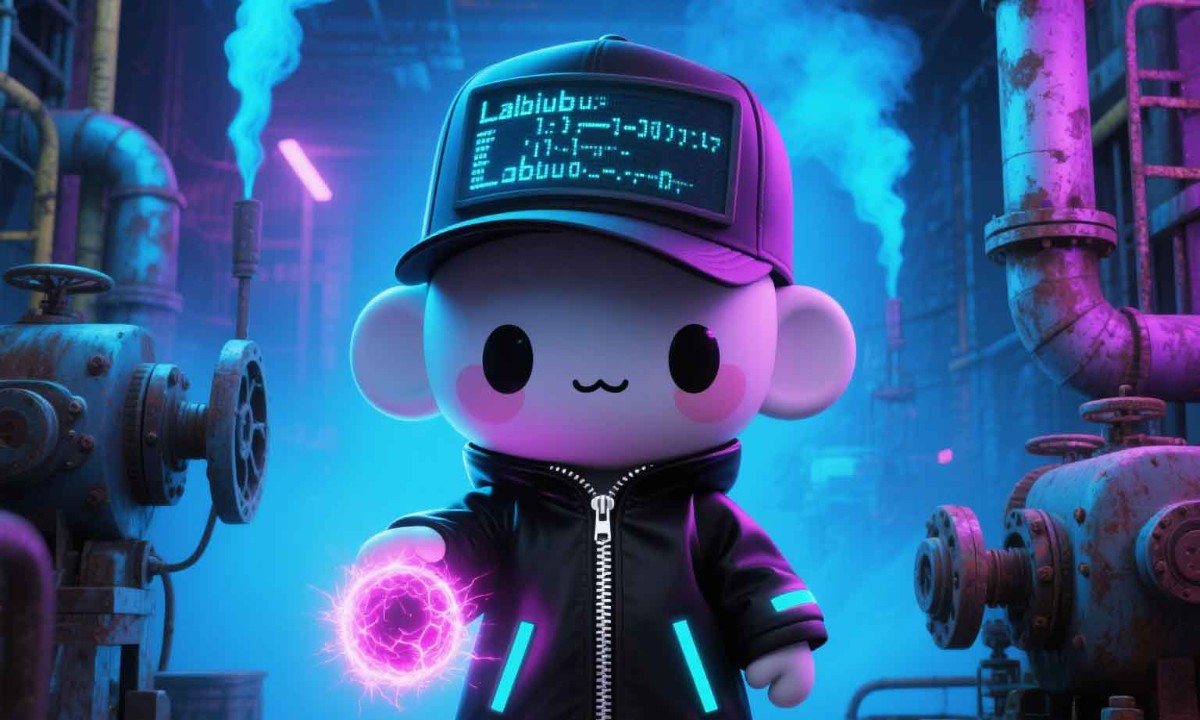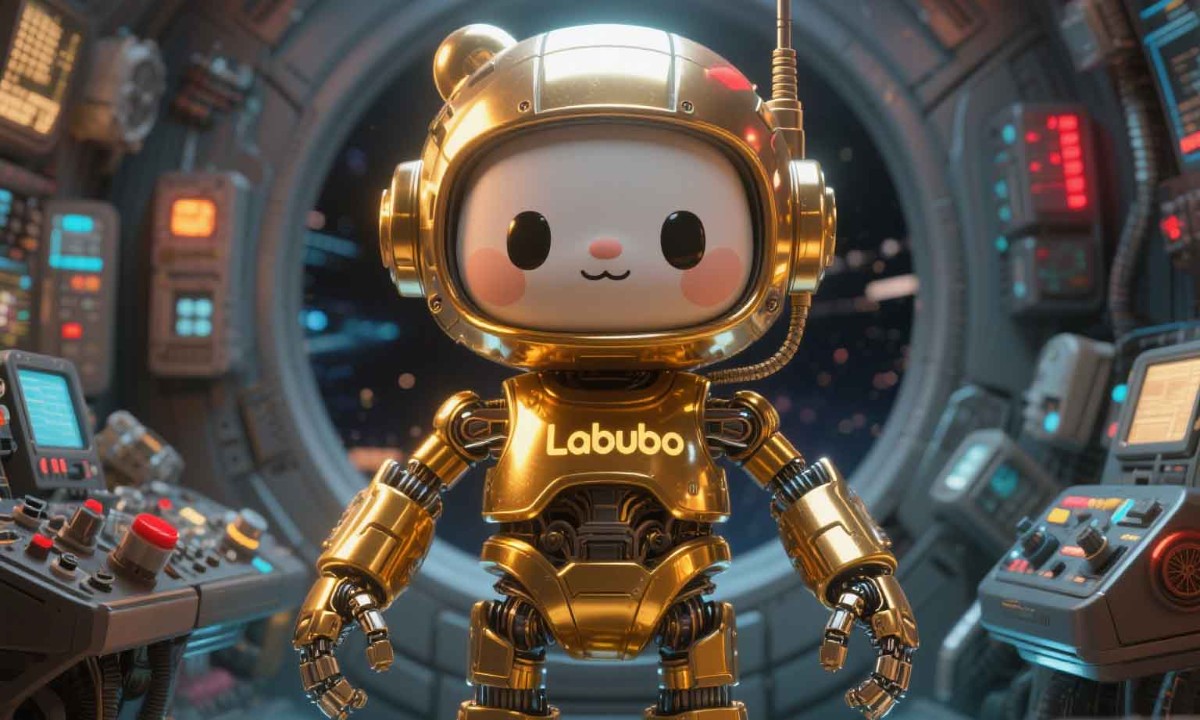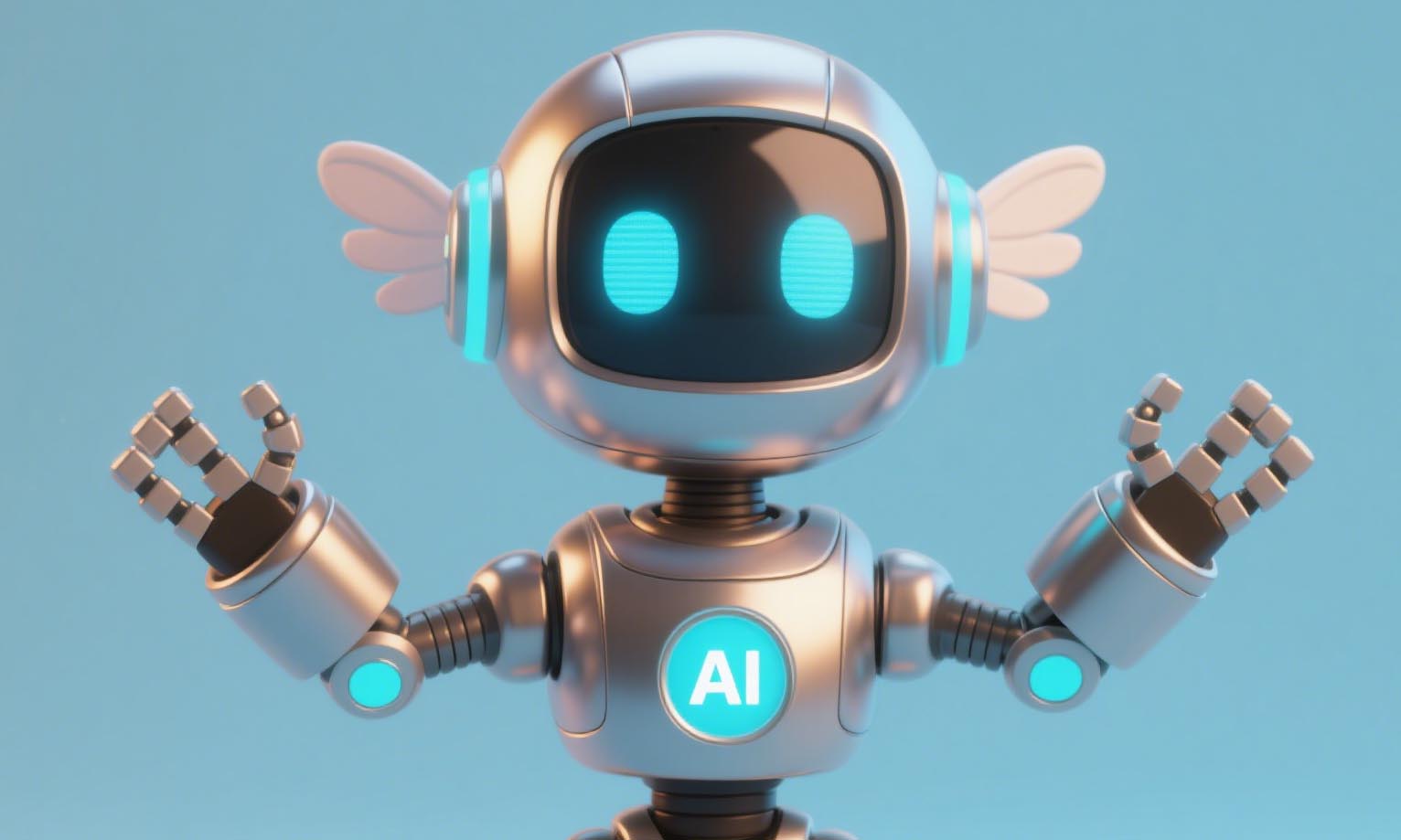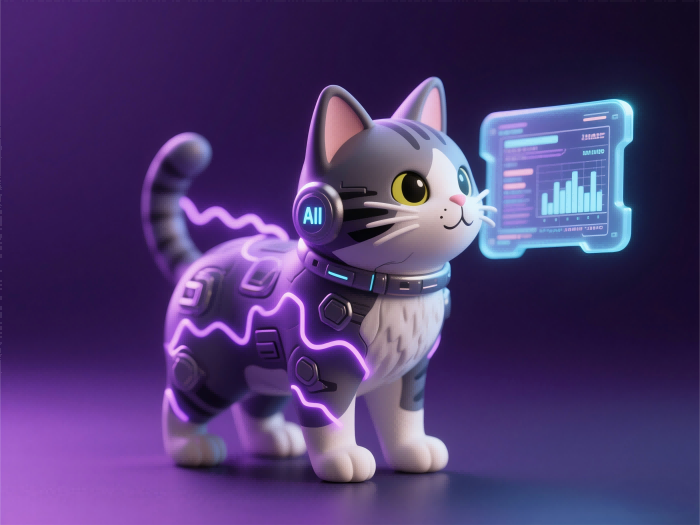The Rise of AI Toys
C 2025-06-04
Redefining Childhood Education in the Age of Artificial Intelligence Introduction By 2030, the global AI toy market is projected to reach $7.5 billion, driven by advancements in generative AI and emotional computing.
Redefining Childhood Education in the Age of Artificial Intelligence Introduction By 2030, the global AI toy market is projected to reach $7.5 billion, driven by advancements in generative AI and emotional computing. As AI toys evolve from simple voice-activated gadgets to sophisticated educational companions, they are poised to revolutionize how children learn, play, and grow. This report explores the transformative role of AI-enabled toys in future education and their societal implications.
Personalized Learning Companions AI toys are shifting from passive tools to active "learning partners" capable of adapting to individual needs. For instance, devices like BubblePal and Magicbox leverage multimodal interaction (voice, text, and emotion recognition) to deliver tailored content, whether solving math problems or crafting bedtime stories. Unlike traditional one-size-fits-all curricula, these toys analyze a child’s learning patterns and adjust difficulty levels in real time. Examples: - Khanmigo (by Khan Academy) and Socratic (Google) use adaptive algorithms to guide problem-solving. - China’s KuKai AI Learning Tablet employs generative AI to create interactive stories and songs based on a child’s interests.
Bridging Gaps in Emotional and Cognitive Development AI toys increasingly address emotional needs, particularly in households with busy parents or single-child families. Products like BubblePal and Ai simulate empathy, offering comfort during stress and encouraging social skills through role-play scenarios. Notably, Carnegie Mellon’s NoRILLA project combines mixed reality with AI to enhance STEM learning, boosting comprehension by 500% through tactile feedback. Key Innovations: - Emotion-aware AI: Sensors detect facial expressions and tone, enabling toys to respond with calming strategies or motivational prompts. - Multilingual Support: Devices like Tesla Bot and FoloToy’s AI火火兔 facilitate language acquisition via immersive dialogue.
Ethical Dilemmas and Societal Concerns While AI toys promise educational benefits, they also raise critical questions: - Privacy Risks: Voice and behavior data collection could expose children to security breaches. - Overreliance: Excessive dependence on AI companionship might hinder real-world social development. - Content Safety: Ensuring age-appropriate interactions remains a challenge, as seen in incidents where chatbots generated inappropriate responses. Regulatory frameworks, such as China’s 2025 *"AI+" Action Plan*, emphasize stricter oversight for child-focused AI products.
Market Dynamics: From Niche to Mainstream The AI toy sector is booming, fueled by tech giants and startups alike: - Haivivi’s BubblePal sold 20,000 units within two months, highlighting strong consumer demand. - Subscription models (e.g., BubblePal’s $15/year service) ensure recurring revenue, with parents willing to pay premiums for educational value. - Partnerships between firms like ByteDance and DeepSeek integrate advanced LLMs into toys, enhancing interactivity.
The Road Ahead: Collaborative Learning Ecosystems Future AI toys will likely blend physical and digital worlds. For example, KuKai’s AI Y41Air combines AR storytelling with real-time homework tutoring, fostering creativity through collaborative projects. Meanwhile, hybrid tools like NORILLA demonstrate how AI can augment—not replace—human teachers by providing actionable insights into student progress.
Conclusion
AI toys are no longer mere gadgets; they are becoming indispensable allies in childhood development. As Haivivi CEO Li Yong noted, *"Our goal isn’t to build smarter machines, but to nurture curious, resilient learners."* However, balancing innovation with ethical safeguards will determine whether these tools empower the next generation or inadvertently reshape childhood itself. For further details, explore sources: .

Personalized Learning Companions AI toys are shifting from passive tools to active "learning partners" capable of adapting to individual needs. For instance, devices like BubblePal and Magicbox leverage multimodal interaction (voice, text, and emotion recognition) to deliver tailored content, whether solving math problems or crafting bedtime stories. Unlike traditional one-size-fits-all curricula, these toys analyze a child’s learning patterns and adjust difficulty levels in real time. Examples: - Khanmigo (by Khan Academy) and Socratic (Google) use adaptive algorithms to guide problem-solving. - China’s KuKai AI Learning Tablet employs generative AI to create interactive stories and songs based on a child’s interests.
Bridging Gaps in Emotional and Cognitive Development AI toys increasingly address emotional needs, particularly in households with busy parents or single-child families. Products like BubblePal and Ai simulate empathy, offering comfort during stress and encouraging social skills through role-play scenarios. Notably, Carnegie Mellon’s NoRILLA project combines mixed reality with AI to enhance STEM learning, boosting comprehension by 500% through tactile feedback. Key Innovations: - Emotion-aware AI: Sensors detect facial expressions and tone, enabling toys to respond with calming strategies or motivational prompts. - Multilingual Support: Devices like Tesla Bot and FoloToy’s AI火火兔 facilitate language acquisition via immersive dialogue.

Ethical Dilemmas and Societal Concerns While AI toys promise educational benefits, they also raise critical questions: - Privacy Risks: Voice and behavior data collection could expose children to security breaches. - Overreliance: Excessive dependence on AI companionship might hinder real-world social development. - Content Safety: Ensuring age-appropriate interactions remains a challenge, as seen in incidents where chatbots generated inappropriate responses. Regulatory frameworks, such as China’s 2025 *"AI+" Action Plan*, emphasize stricter oversight for child-focused AI products.

Market Dynamics: From Niche to Mainstream The AI toy sector is booming, fueled by tech giants and startups alike: - Haivivi’s BubblePal sold 20,000 units within two months, highlighting strong consumer demand. - Subscription models (e.g., BubblePal’s $15/year service) ensure recurring revenue, with parents willing to pay premiums for educational value. - Partnerships between firms like ByteDance and DeepSeek integrate advanced LLMs into toys, enhancing interactivity.

The Road Ahead: Collaborative Learning Ecosystems Future AI toys will likely blend physical and digital worlds. For example, KuKai’s AI Y41Air combines AR storytelling with real-time homework tutoring, fostering creativity through collaborative projects. Meanwhile, hybrid tools like NORILLA demonstrate how AI can augment—not replace—human teachers by providing actionable insights into student progress.
Conclusion
AI toys are no longer mere gadgets; they are becoming indispensable allies in childhood development. As Haivivi CEO Li Yong noted, *"Our goal isn’t to build smarter machines, but to nurture curious, resilient learners."* However, balancing innovation with ethical safeguards will determine whether these tools empower the next generation or inadvertently reshape childhood itself. For further details, explore sources: .













